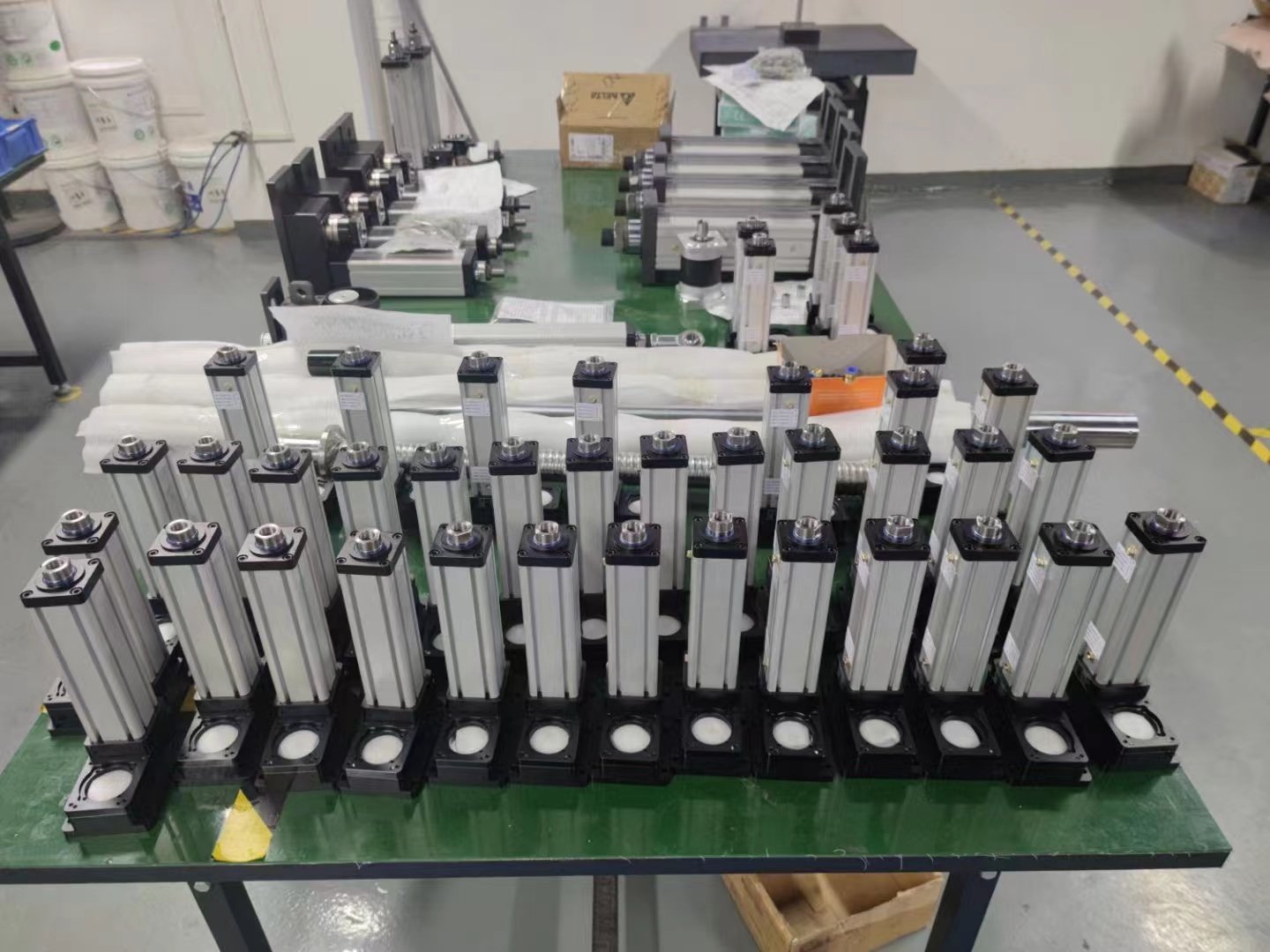With the rapid development of industry, equipment in all walks of life has been constantly updated and gradually realized high-tech. Among them, servo electric cylinders have gradually replaced traditional hydraulic cylinders, air cylinders, etc. The servo electric cylinder is a modular product that integrates the servo motor and the screw. It has the characteristics of high-speed response, accurate positioning, and smooth operation. In particular, the output stability and high precision are unmatched by air cylinders and hydraulic cylinders. Common types include DC servo cylinders, AC servo cylinders and stepper servo cylinders.
When purchasing servo electric cylinder products, many customers are not very clear about how to choose and what to pay attention to. This brings some trouble to servo cylinder manufacturers when recommending models to customers. The servo electric cylinder is a non-standardized and highly customized product. Because the servo electric cylinder is widely used, each industry and enterprise has different usage environments, usage methods, and installation methods.
Nefit professional engineers summarized the key factors in selecting servo electric cylinders:
Servo electric cylinders are key components in industrial automation systems. Their selection requires comprehensive consideration of multiple important factors to ensure maximum system performance and efficiency. The following are key factors to consider when selecting a servo electric cylinder:
- Load Requirements: The first step is to accurately assess the load requirements in your application. Consider the size and weight of the load, as well as the required dynamic response speed, to ensure that the servo electric cylinder selected can easily cope with the load demands of the system.
- Accuracy and positioning requirements: Different applications have different requirements for position accuracy. Some applications may require high-precision positioning, while others may have relatively low positioning requirements. Selecting an appropriate servo electric cylinder requires considering these positioning requirements and selecting equipment with corresponding accuracy.
- Speed and Acceleration: Determining the required speed and acceleration of motion is critical. Servo electric cylinders are often able to provide highly adjustable speed and acceleration, but when selecting, you need to ensure that the selected model can meet the dynamic performance needs of the application.
- Environmental conditions: Consider the conditions of the working environment, including temperature range, humidity, corrosive gases, etc. Choose a servo electric cylinder with adaptability and durability to ensure reliable operation in a variety of environmental conditions.
- Control system integration: Servo electric cylinders usually need to be integrated with the control system of the entire automation system. Make sure the selected electric servo cylinder is compatible and can be seamlessly integrated into existing or planned control systems.
- Energy efficiency and energy consumption: Considering energy efficiency and energy consumption is part of developing a sustainable automation strategy. Choosing a servo electric cylinder with higher energy efficiency can help reduce the energy consumption of the system.
- Maintenance and Care: Finally, consider the care and maintenance needs of your servo electric cylinder. Choose equipment with a simple design and easy maintenance to reduce system downtime and maintenance costs.
Based on comprehensive consideration of the above factors, engineers and system designers can select the servo electric cylinder that is most suitable for their specific application, thereby achieving efficient operation and reliability of the system.

